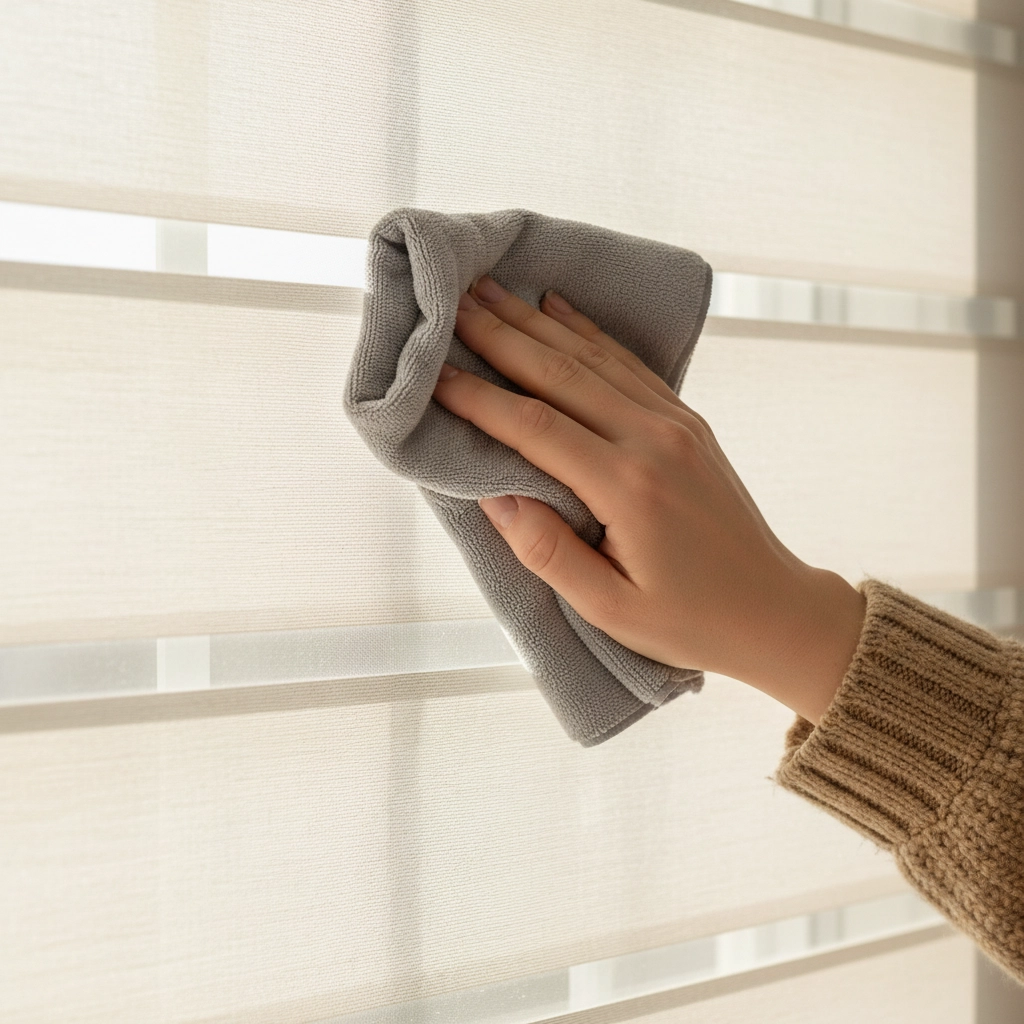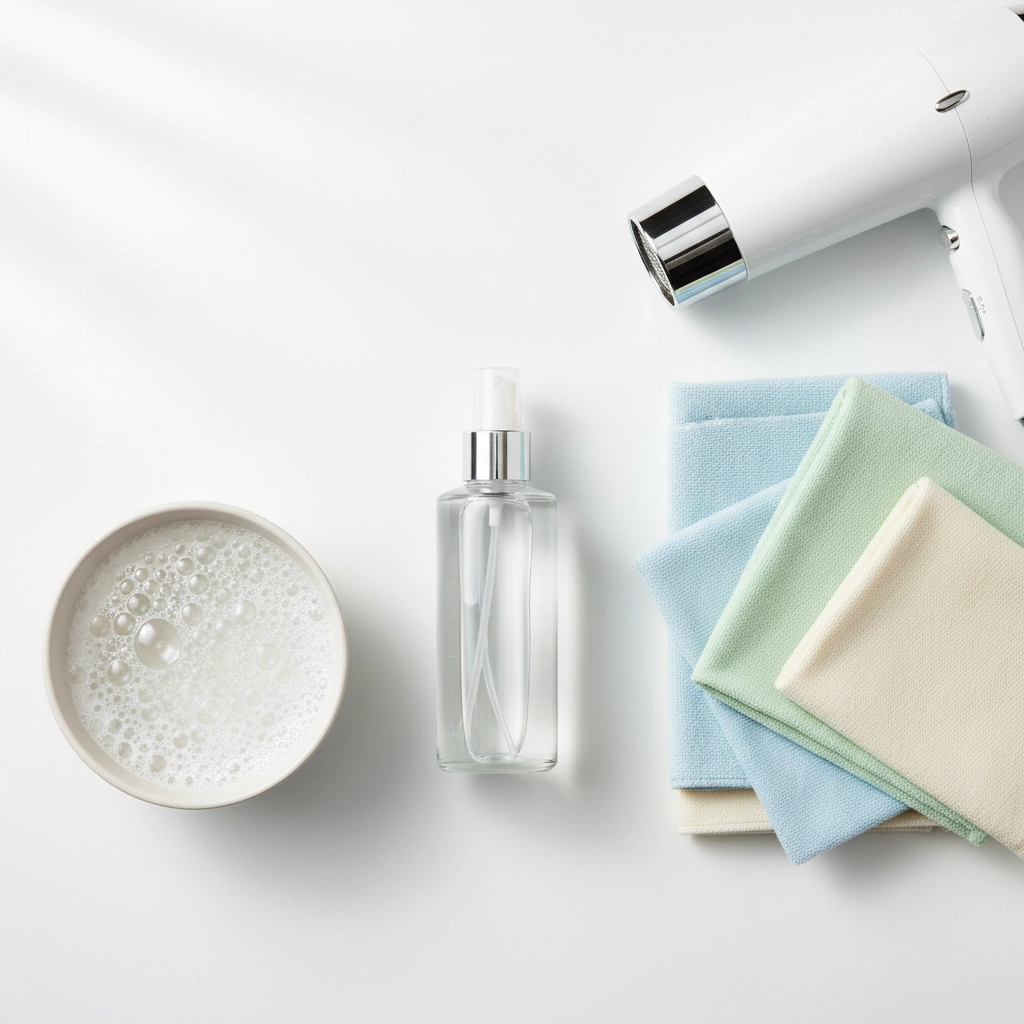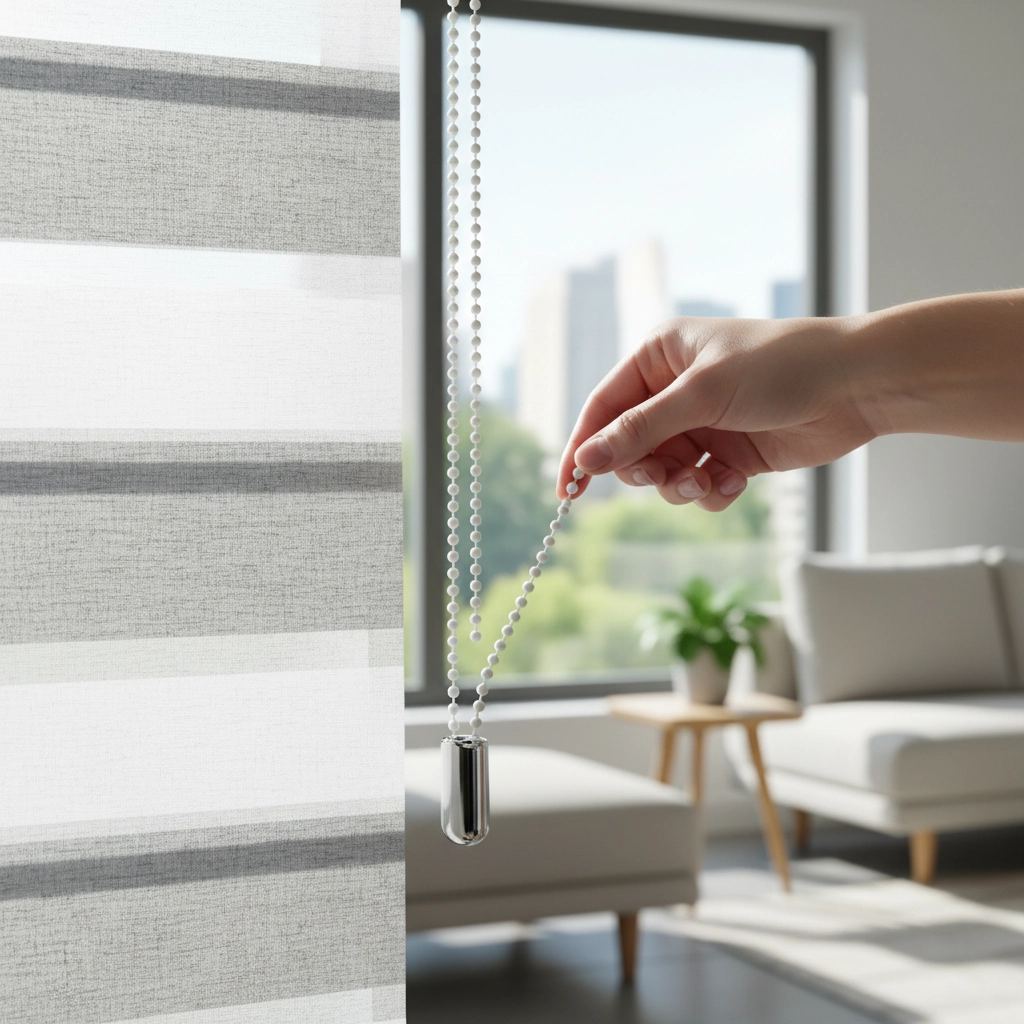Zebra Blinds Maintenance Secrets Revealed: What Experts Don't Want You to Know
Here's the thing about zebra blinds maintenance that most "experts" won't tell you upfront: it's actually way easier than you think. While many window treatment companies want you to believe you need expensive cleaning products or professional services every few months, the reality is quite different.
After years of helping Kiwi homeowners keep their zebra blinds looking fresh, we've discovered some game-changing maintenance secrets that can extend your blinds' lifespan to 7-8 years or even longer. The best part? Most of these techniques use items you already have at home.
The Real Truth About Zebra Blinds and Dirt
Let's start with what actually happens when you don't maintain your zebra blinds properly. Those beautiful alternating sheer and opaque fabric layers? They're basically dust magnets. As particles settle between the layers, they don't just make your blinds look grimy: they create a perfect breeding ground for allergens and can actually damage the delicate fabric weave over time.
But here's the secret most people miss: timing is everything. The difference between blinds that last 3 years versus 8 years isn't the cleaning products you use: it's how consistently you prevent buildup in the first place.
Secret #1: The "Two-Week Rule" That Changes Everything
Professional cleaners charge premium prices partly because most people wait until their blinds are visibly dirty before calling for help. The secret? Never let it get to that point.
For most New Zealand homes, cleaning every two weeks prevents 90% of the problems that lead to permanent staining or fabric deterioration. If you have pets, live near construction, or someone in your household has allergies, bump this up to weekly.
This frequent schedule might sound excessive, but here's the kicker: each cleaning session takes less than 5 minutes when you stay on top of it.

Secret #2: The "Direction Method" That Pros Use
Watch any professional clean zebra blinds, and you'll notice they always work in a specific pattern. They don't randomly dust: they follow what we call the "direction method."
First, fully close your blinds in one direction so the opaque strips overlap. Dust horizontally, moving with the fabric grain, not against it. Then, rotate the blinds to the opposite position and repeat. This ensures you're cleaning both the front and back surfaces of each fabric layer.
Use a microfiber cloth or a vacuum with a soft brush attachment on the lowest suction setting. The key is gentle, horizontal movements that follow the natural fabric lines.
Secret #3: The Emergency Stain Response (15-Second Rule)
Here's something most maintenance guides don't emphasize enough: the first 15 seconds after a spill determine whether you'll have a permanent stain.
Keep this emergency kit nearby:
- Clean microfiber cloths
- Spray bottle with lukewarm water
- Mild dish soap (just a drop or two per cup of water)
When something spills, immediately blot: never rub: with a dry cloth to absorb as much as possible. Then, lightly dampen another cloth with your soap solution and gently dab the area. Follow with a clean, damp cloth to rinse, and finish with a dry cloth.
The "experts" often recommend expensive specialty cleaners, but this simple method works for 95% of common household spills.
Secret #4: What They Don't Tell You About Deep Cleaning
Most professional services want you to believe deep cleaning requires special equipment. While professional cleaning certainly has its place, you can achieve excellent results at home with the right approach.
The Monthly Deep Clean Process:
Start by fully extending your blinds. Use a hairdryer on the cool setting to blow dust from the fabric creases: this removes particles that vacuuming might miss.
Next, create your cleaning solution: lukewarm water with just a few drops of mild soap. The temperature matters: hot water can cause fabric shrinkage, while cold water won't effectively dissolve oils and grime.
Working from top to bottom, use a lightly dampened sponge to clean each section. The key word here is "lightly": you want the sponge barely damp, not dripping. Excess moisture can cause watermarks or, worse, separate the fabric layers.
For stubborn spots, let a small amount of your soap solution sit for 2-3 minutes before gently working it with a soft cloth. Always test any cleaning approach on an inconspicuous area first.

The Mistakes That Will Ruin Your Blinds (And Your Wallet)
Here's where things get real. These seemingly innocent mistakes can destroy even high-quality zebra blinds:
Steam cleaning seems logical: after all, steam cleans everything, right? Wrong. The high heat and moisture can warp the fabric or cause the layers to separate. We've seen expensive blinds ruined in minutes this way.
Submerging in water or machine washing breaks down the delicate adhesives that hold the fabric layers together. Your blinds might look clean initially, but they'll start falling apart within weeks.
Paper towels might seem convenient, but they snag the fabric weave and leave behind lint. Always use microfiber cloths or soft cotton materials.
Harsh chemicals like bleach, ammonia-based cleaners, or even some "all-purpose" cleaners can cause permanent discoloration. Stick with mild soap solutions or cleaners specifically designed for delicate fabrics.
The Professional Secret for Extending Lifespan
Here's something most homeowners never consider: how you operate your blinds affects their maintenance needs. Aggressive chain pulling or yanking on the control mechanism creates micro-tears in the fabric and puts stress on the rolling mechanism.
Always operate your blinds with gentle, smooth motions. If you notice the chain sticking or requiring extra force, that's a sign dust has built up in the mechanism: address it immediately rather than forcing it.
When to Actually Call Professionals
Professional cleaning makes sense in specific situations: if your blinds haven't been maintained for months and have heavy buildup, if you've accidentally used the wrong cleaning product, or if you're dealing with challenging stains like red wine or ink.
Professional services have ultrasonic cleaning equipment and specialized solutions that can handle situations where home cleaning isn't sufficient. However, for regular maintenance, you're fully equipped to handle it yourself.

The Maintenance Schedule That Actually Works
Let's put this all together into a realistic schedule:
Weekly (2 minutes): Quick dust with microfiber cloth using the direction method Every two weeks (5 minutes): Thorough dusting with vacuum brush attachment Monthly (15 minutes): Deep clean with soap solution Quarterly (20 minutes): Detailed inspection and cleaning of mechanism
This might seem like more work than you bargained for, but remember: each session is quick when you stay consistent. It's the difference between 5 minutes of weekly maintenance versus hours of deep cleaning (or expensive professional services) later.
Your Next Steps
The biggest secret of all? Starting is more important than perfection. Don't wait for the "perfect" cleaning day or until you have all the "right" products. Grab a microfiber cloth right now and do a quick dust. Set a phone reminder for next week.
Your zebra blinds are an investment in your home's comfort and appearance. With these insider maintenance secrets, you'll keep them looking and functioning like new for years to come: without breaking the bank on professional services or replacement blinds.
The "experts" might not want you to know how simple proper maintenance really is, but now you do. Your blinds (and your wallet) will thank you.

Leave a comment
Please note, comments must be approved before they are published